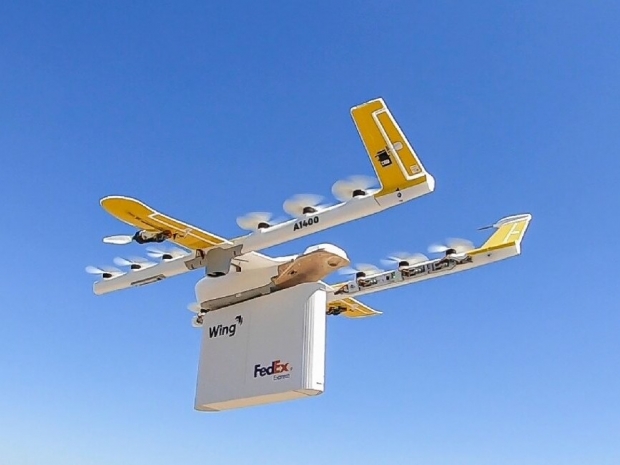For those who came in late, the US government made the single biggest, most impactful set of changes to drone law— ruling that almost every drone in US airspace will need to broadcast their locations, as well as the location of their pilots, in order to “address safety, national security, and law enforcement concerns regarding the further integration of these aircraft into the airspace of the United States”.
But Google drone delivery subsidiary Wing hit out with a fearmongering post with the tabloid headline “Broadcast-Only Remote Identification of Drones May Have Unintended Consequences for American Consumers”.
It claims the FAA’s decision to have drones broadcast their location might let observers track your movements, figuring out where you go, where you live, and where and when you receive packages, among other examples.
“American communities would not accept this type of surveillance of their deliveries or taxi trips on the road. They should not accept it in the sky”, Wing argues.
Fair enough, after all Google should be worried about technology which shows users were they are all the time and then sells it to the highest bidder. The fact it normally is not makes the whole argument a little weak.
However Wing just wishes they’d send it through the internet instead of broadcasting it locally. However again this is something that the FAA had originally intended to do when it first proposed the Remote ID rules back in December 2019, by the way — before it received a laundry list of reasons from commenters why internet-based tracking might be problematic and decided to abandon it.
Most proponents of Remote ID technology, including Wing, like to explain that it’s merely a “licence plate” for the skies, perhaps nothing more intrusive than you’d already have on your car.
The FAA’s final rule doesn’t actually mandate what kind of broadcasting tech drones will be required to use and companies have the next year and half to figure that out, and they have to submit it to the FAA for approval. The FAA is also clear that broadcast Remote ID is just a first step, an “initial framework”, suggesting that internet-based Remote ID might still be an option in the future.




